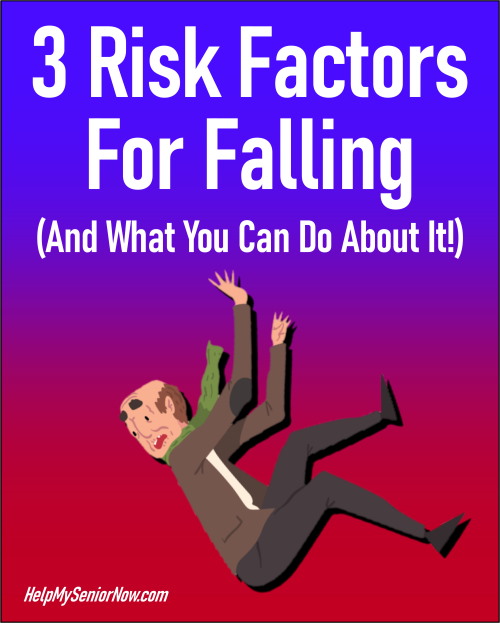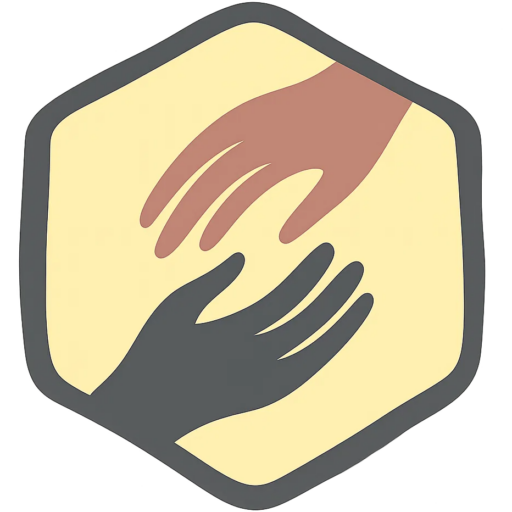
Top Doctor Explains Risk Factors for Falls in the Elderly
A prominent doctor and a professor at Harvard Medical School has outlined three risk factors for falling on the part of the elderly. His conclusions have come after he and 47 of his colleagues produced a major study of methods to prevent serious fall injuries.
The top three risk factors are:
- Walking ability (strength, gait, or balance)
- Osteoporosis or Vitamin D deficiency
- Impaired Vision
Furthermore, the authors wrote,
“The use of certain medications, postural hypotension, problems with feet or footwear, and home safety hazards were less commonly identified, and the use of certain medications was the least commonly prioritized.”
The article, first published in the prestigious New England Journal of Medicine, appeared on the website Medscape Medical News on July 13, 2020 under the title, “Older Adults Often Underestimate Ability to Prevent Falls.”

Elderly Unaware of Falling Risk
Elderly patients are often unaware of their high risk until they have fallen for the first time, and they often underestimate how many of their risk factors can be improved, Bhasin told Medscape Medical News.
“Fall injuries are a very important cause of injury-related deaths among older adults, and these are preventable. Yet they are so difficult; for 30 years the rates of fall injuries have not declined,” he told Medscape.
The study involved more than 5,000 patients aged 70 years and older living in community dwellings from 86 primary care practices across 10 US healthcare systems.
Three Questions
“The most important thing clinicians can do is a quick screen for fall injury risk,” Bhasin told Medscape Medical News. The screening tool he uses consists of three simple questions. Doctors and other medical specialists should share that information with patients, he continued.
“Just recognizing that they are at risk for falls, patients are much more motivated to take action,” Bhasin added.
Prescribing fewer medications such as sleep medications and benzodiazepines is also a key piece of the puzzle, he added. “They’re pretty huge risks and yet it is so hard to get people off these medications.”
Method Failed to Help
The purpose of the study was to test a training method that was expected to reduce falls by 20%. However, it did not work.
Participants in the study worked with trained nurses (fall care managers) to identify their risk factors and determine which risks they wanted to modify. The patients were given a pamphlet with information on falls and were encouraged to talk with their primary care physicians about fall prevention. The physicians also received the results of risk factor screening.
Fall care managers evaluated patients’ home environments and in some cases visited the patient’s home, Bhasin said.
The results of the study showed no significant difference between two groups of patients: those who received special training and those who did not. Both groups suffered about the same number of serious injuries such as bone fractures and injuries resulting in hospitalizations, the study said.
A Caretaker is Needed
This shows that even professional medical help is not always sufficient in preventing falls in seniors. The elderly who live alone who show signs of a risk of falling are at a specially high risk since there is no one around to help them after a fall. Thus, the need for a home monitoring device, daily phone calls, or daily home care in the form of a professional caretaker is recommended.
What You Can Do
It is suggested that those caring for an elderly person, especially those living alone, should get them examined by their primary care physician and suggest that they look for the three risk factors mentioned. The clinician should also review their medications to see which could be contributing to the risk of a fall.
If their senior is in any danger of falling, additional steps as mentioned above should be taken.
